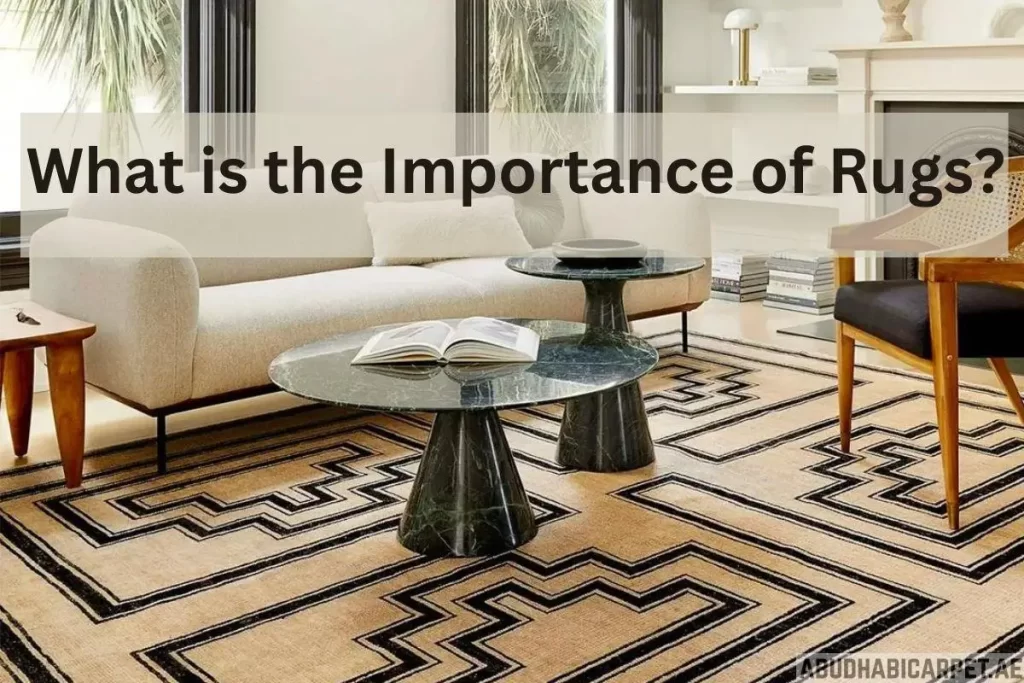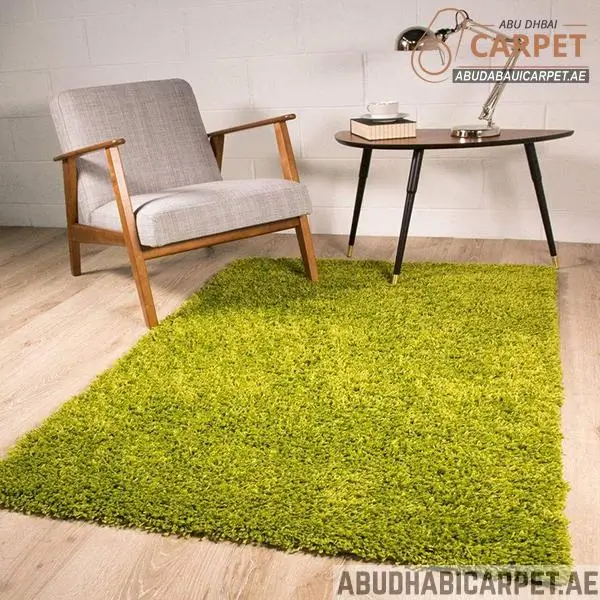Carpets bring a sense of style, warmth, and comfort to any home, but over time, many notice their vibrant colors dulling and fading away. While this can seem inevitable, it’s often the result of specific causes that, when addressed, can preserve the life and beauty of your carpets. In this blog, we’ll explore the key reasons behind carpet fading and provide practical, actionable tips to prevent it.
The Sunlight Thief: How UV Rays Steal Carpet Colors
Sunlight is one of the most common culprits behind carpet fading. Ultraviolet (UV) rays penetrate through windows and break down the chemical bonds in carpet dyes, causing colors to fade. Rooms with large windows or glass doors are especially vulnerable to this type of damage.
The effects of UV rays don’t just fade colors—they also weaken carpet fibers, making them brittle over time. Darker carpets tend to show fading more visibly, while lighter ones mask it better but still suffer damage.
To combat this, consider installing window treatments like UV-blocking films, blinds, or sheer curtains. These solutions diffuse sunlight while allowing natural light to enter, protecting your carpets and enhancing your room’s ambiance.
Cleaning Chemicals Gone Wrong: Protect Your Carpet’s Color
The cleaning products you use can either preserve or destroy your carpet’s vibrancy. Harsh chemicals, such as bleach or overly strong detergents, can strip the color from carpet fibers. Even improper cleaning methods, like scrubbing too hard, can damage delicate dyes.
Residues from some cleaning products can also leave a dull film on your carpet, making it appear faded over time. Overcleaning or using unverified cleaning hacks can do more harm than good.
Always choose pH-neutral carpet cleaners designed for your carpet type. For peace of mind, test any new product on an inconspicuous area first. Regular professional cleaning services can also rejuvenate your carpet safely, preserving its original brilliance.
Foot Traffic and Furniture: The Silent Fading Agents
High-traffic areas in your home, like hallways and living rooms, often experience wear and tear that contributes to fading. The friction caused by footsteps or moving furniture erodes both the fibers and the dyes, leading to uneven color loss.
Shoes can exacerbate this issue by grinding in dirt and debris, which act like abrasive sandpaper. Pets add to the problem with their claws and fur, further wearing down carpet fibers.
To minimize this damage, use area rugs or runners in high-traffic zones. Rotate your furniture regularly to avoid concentrated pressure on certain spots. Implementing a no-shoes policy indoors can also reduce dirt accumulation and protect your carpet.

Low-Quality Dyes: Why Some Carpets Fade Faster
Not all carpets are created equal. Carpets made with low-grade dyes or poor dyeing processes are far more susceptible to fading. These carpets often lack the durability to withstand sunlight, cleaning, and daily use, leading to a shorter lifespan.
Inexpensive carpets may seem like a great deal initially, but their tendency to fade quickly can end up costing you more in replacements. High-quality carpets with fade-resistant dyes, on the other hand, maintain their vibrancy for years.
When shopping for carpets, prioritize reputable brands and materials designed for durability. Look for warranties or certifications that guarantee colorfastness to ensure you’re making a long-term investment.
Environmental Factors: The Hidden Contributors to Fading
Humidity, moisture, air pollution, and other environmental factors can also cause carpet fading. Excess moisture can lead to mold or mildew, which discolors the fibers, while pollutants like smoke and dust can dull colors over time.
Homes near industrial areas or heavy-traffic roads are especially prone to this type of damage. Pollutants can settle on carpets and interact with fibers, leading to chemical reactions that result in fading.
To combat this, use dehumidifiers to control moisture levels and air purifiers to reduce airborne pollutants. Regular vacuuming and prompt stain treatment are essential to keeping your carpets looking their best.

Neglecting Maintenance: The Slow Fade of Time
Improper or infrequent maintenance is one of the easiest ways to accelerate carpet fading. Dirt, grime, and stains left untreated can sink into the fibers, making the colors appear dull and uneven.
Vacuuming inconsistently or using the wrong techniques can also exacerbate the problem. Maintenance isn’t just about cleaning—it’s about protecting the carpet from gradual wear and tear.
To keep your carpets looking fresh, establish a consistent maintenance routine. Vacuum at least once a week and address spills immediately. Professional deep cleaning every 12–18 months can remove embedded grime and restore vibrancy.
How to Prevent Carpet Fading
Shield Your Carpets with Window Treatments
Installing curtains, blinds, or UV-blocking films is one of the most effective ways to protect carpets from fading. These solutions reduce direct sunlight exposure, safeguarding both colors and fibers. Sheer curtains allow natural light to enter while filtering out harmful UV rays, creating a bright yet protected space.
Keep Colors Vibrant with Regular Maintenance
Routine care is key to maintaining your carpet’s vibrancy. Regular vacuuming prevents dirt build-up that can dull colors, while professional cleaning addresses deeper issues like embedded grime. Using safe, carpet-specific cleaning products ensures no accidental fading occurs.
Invest in Protective Coatings
Protective sprays or coatings specifically designed for carpets can provide an extra layer of defense against UV rays, moisture, and stains. Many modern carpets already come with these treatments, but you can also apply them to older carpets for added protection.
Conclusion
Carpet fading may seem inevitable, but understanding its causes empowers you to take preventative action. From shielding your carpets from sunlight to choosing the right cleaning products, small changes can make a big difference. Investing in high-quality carpets and maintaining them regularly will ensure they remain a vibrant and cherished part of your home decor for years to come. Protect your investment and enjoy the beauty of your carpets for the long haul!






